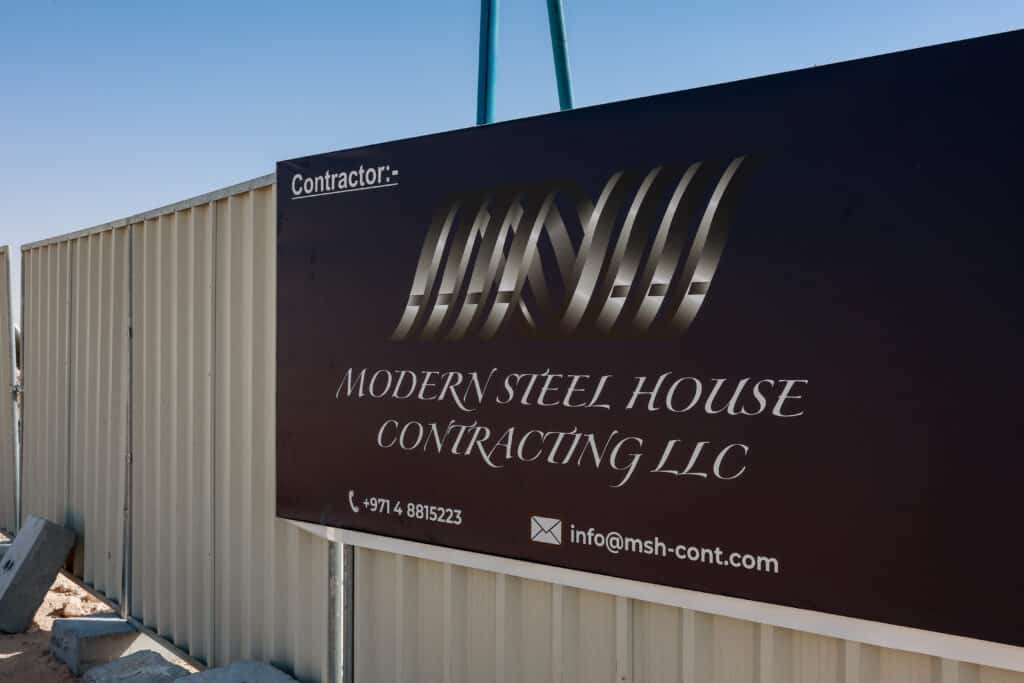Introduction
Navigating the world of construction tenders can feel overwhelming—especially if you’re bidding on your first major project. But here’s the truth: mastering how to tender for construction work isn’t just a skill, it’s a growth strategy. In fact, according to a 2023 report by Statista, the global construction industry is projected to reach $12.9 trillion by 2030, with a significant portion driven by competitive bidding and infrastructure development worldwide.
That means more projects, more opportunities—and more competition. Whether you’re a subcontractor eyeing building construction tenders or a project owner streamlining your procurement process, understanding the tendering procedure in construction is essential for staying ahead. In this guide, we’ll break it down step by step: what is tendering in construction, who is a tenderer in construction, how to prepare your bid, and how to stand out in an increasingly digital and compliance-driven market.
Let’s dive in.
Understanding the Tendering Landscape
Construction tendering is basically the matchmaking process between contractors and clients. Clients have a project—say, a new office building, shopping mall, or infrastructure upgrade—and they need qualified professionals to bring it to life. Instead of picking someone blindly, they send out a request for proposals (RFPs), and contractors submit detailed bids to win the job.
This process keeps things transparent, competitive, and ideally fair—especially in large-scale public or private projects.

How to Tender for Construction Work
So, how do you actually go about tendering for construction work? Here’s a simplified breakdown of the process.
Step 1: Pre-Tender Planning and Research
Before jumping into any building construction tenders, take a moment to plan. This means identifying projects that match your capabilities, reviewing deadlines, and confirming you meet all pre-qualification criteria.
For instance, steel frame construction companies should prioritize tenders that require robust structural work where their expertise can shine. Likewise, if your team specializes in complex utility networks, look for tenders involving MEP systems (MEP full form: Mechanical, Electrical, and Plumbing), where your skills add clear value.
Read our guide: What is the meaning of MEP In construction
Step 2: Preparing Tender Documents
Once you’ve found a tender you’re interested in, it’s time to get your documents in order. This typically includes:
- Bill of Quantities (BOQ) – a list of materials, labor, and costs.
- Scope of Work (SOW) – what exactly you’re delivering.
- Timeline – start and completion dates.
- Credentials – licenses, certifications, financial statements, and proof of past experience.
Make sure your proposal is well-organized, error-free, and tailored to the specific project. Vague or generic bids often get rejected outright.
Step 3: Submitting Your Tender
Follow the submission guidelines carefully. That means respecting deadlines, using the correct format (sometimes digital, sometimes hard copy), and including every required document.
One small oversight—like missing a signature or forgetting a financial annex—could disqualify you, even if your proposal is otherwise solid.
What is Tendering in Construction
Great question. What is tendering in construction, anyway?
It’s the formal process by which project owners invite contractors to submit bids for building work. This could be government institutions tendering a public school, or a private developer seeking proposals for a residential complex.
Tendering in construction exists to ensure:
- Transparency – Everyone gets a fair shot.
- Cost-efficiency – Owners can compare pricing and timelines.
- Compliance – Contractors are vetted against regulations and standards.
Read our guide: Steel Construction – A Complete Guide
Who is a Tenderer in Construction
A tenderer is simply the person or company submitting a bid. In the context of construction, a tenderer could be:
- A general contractor bidding on the full project
- A specialist subcontractor (like an MEP contractor or a steel fabricator)
- A consortium of multiple firms working together
So if you’re preparing a submission, congrats—you’re a tenderer!
Read our guide: MEP Full Form Explained
Why Tendering Is Crucial for Project Success
It’s not just red tape. Tendering helps project owners find the best fit for their needs, while contractors can land jobs that match their capabilities and capacity. It also ensures regulatory boxes are checked and budgets are kept in line.
In short: everyone wins (at least in theory).
Benefits of a Structured Tendering Process
- Competition drives innovation – Bidders may offer unique ideas or sustainable alternatives.
- You get to compare – Different bids can be evaluated side by side.
- Risk reduction – A clear process helps minimize disputes or scope creep down the line.
Types of Tendering Methods in Construction
Tendering isn’t a one-size-fits-all process. There are several types of tendering that you’ll come across in the industry.
Open vs Selective Tendering
- Open Tendering: Anyone can submit a bid. Great for public infrastructure projects, as it promotes maximum transparency.
- Selective Tendering: Only pre-qualified contractors are invited. Useful when experience and reliability are critical.
Negotiated and Two-Stage Tendering Explained
- Negotiated Tendering: The client directly negotiates terms with one or more contractors—ideal for urgent or specialist projects.
- Two-Stage Tendering: An initial bid is submitted early on, with more detailed pricing and scope agreed upon after design development.

Key Components of a Winning Construction Tender
It’s not just about offering the lowest price. Here’s what a solid bid should include.
Bill of Quantities (BOQ), Scope of Work (SOW), and Drawings
These documents are the heart of your proposal. They show that you understand the job, the costs involved, and the design implications.
Health, Safety, and Regulatory Compliance
This is especially important for construction tenders in places like the UAE or EU. Include your safety plans, risk assessments, and environmental practices.
Legal Terms and Contractual Obligations
Know what you’re signing up for. Be clear on payment terms, liabilities, warranties, and penalties for delays.
Common Mistakes to Avoid During Tender Preparation
Underestimating Costs or Misreading Requirements
A lowball offer might win the bid—but cost you dearly in execution. Always add a buffer and double-check your interpretation of the scope.
Lack of Clarity in Submission Format
Formatting might seem boring, but it matters. Stick to the instructions, use the requested layout, and label everything clearly.
Poor Communication with Clients or Stakeholders
Don’t go silent after submitting a bid. Follow up respectfully, respond to questions quickly, and show that you’re proactive.
Tips for Project Owners Managing Construction Tenders
If you’re on the client side, tendering is just as strategic.
How to Evaluate Bids Fairly and Transparently
Use clear evaluation criteria: technical merit, price, timeline, and track record. Consider hiring an independent quantity surveyor for bid levelling.
Choosing the Right Tender Type for Your Project
- Want a fast decision? Use negotiated tendering.
- Need competition? Go with open tendering.
- Need quality? Use selective tenders.
Leveraging Technology and Trends in Tendering
Platforms like Procore, e-tender portals, or even AI-based evaluation tools can save time and reduce human error.
Also, keep an eye on trends like:
- BIM (Building Information Modeling) in early bid phases
- Sustainability metrics in green construction
- Digital compliance tools for document tracking
Read our guide: Building Materials Used in Hot And Dry Climate
Conclusion
Tendering isn’t just a formality—it’s the backbone of modern construction success. Whether you’re a contractor, supplier, or project owner, knowing how to tender for construction work equips you to navigate competitive markets with clarity and confidence. From understanding what is tendering in construction to avoiding costly mistakes in the submission process, the key lies in planning ahead, staying compliant, and presenting your value with precision.
We explored everything from tender types—like open, selective, and two-stage—to practical tips for submitting strong proposals, handling legal terms, and coordinating with subcontractors. We also addressed who a tenderer in construction is and emphasized the importance of aligning with technical standards like FIDIC and MEP systems (Mechanical, Electrical, and Plumbing).
With the global construction market projected to hit $12.9 trillion by 2028, mastering the tendering procedure in construction isn’t just smart—it’s essential. Whether you’re bidding on local building construction tenders or competing internationally, a strong, strategic tender could be the difference between landing your next big project—or missing out.
Stay prepared, stay sharp, and let every submission reflect your capability to deliver.

